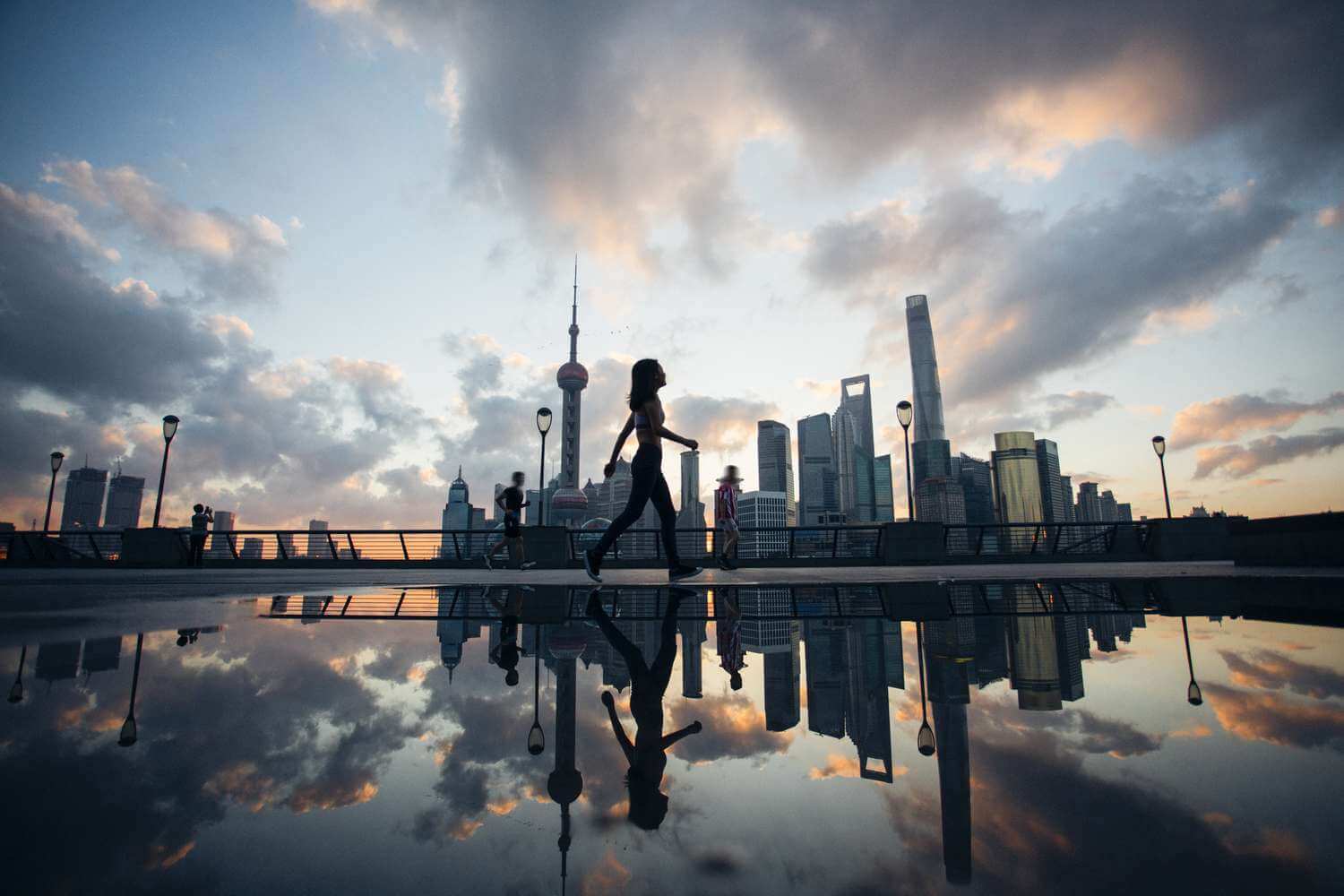Inverse Painting: A New AI Tool That Reconstructs the Artistic Process
Imagine being able to see how a masterpiece was created, step by step, stroke by stroke. This is the promise of Inverse Painting, a groundbreaking AI technology developed by researchers at the University of Washington. This innovative tool not only analyzes and understands the artistic processbut also recreates it, offering a unique glimpse into the mind of the artist.
How does Inverse Painting work?
At its core, Inverse Paintingis a machine learning system trained on videos of artists creating their work. By analyzing these videos, the AI learns the techniques, order of operations, and stylistic nuances that define an artist’s approach. This knowledge is then used to generate a seriesof instructions, guiding the AI to progressively update a blank canvas, mimicking the artist’s creative process.
The process involves several key steps:
- Learning the Painting Process: The AI analyzes videos of artists painting, identifying patterns inbrushstrokes, color choices, and the evolution of the artwork.
- Defining Painting Instructions: Based on its understanding, the AI generates a set of instructions, including text descriptions and region masks, that dictate the order of painting and the areas of focus.
- Image Generation with Diffusion Models: The AI utilizesa diffusion model to generate images, starting from a blank canvas and gradually refining it based on the instructions.
- Text and Region Understanding: The AI interprets the text instructions and region masks, ensuring that the generated image accurately reflects the artist’s intent.
- Progressive Rendering: The AI iteratively updates thecanvas, gradually building the image from the background to the foreground, mimicking the layering techniques used by artists.
The Potential of Inverse Painting
Inverse Painting holds immense potential for both art enthusiasts and aspiring artists. It offers a unique way to:
- Deconstruct Masterpieces: By analyzing famous paintings,Inverse Painting can reveal the hidden steps and techniques used by renowned artists, providing a deeper understanding of their creative process.
- Learn Artistic Techniques: Aspiring artists can learn from the AI’s reconstruction of famous paintings, gaining insights into brushwork, color theory, and composition.
- Simulate Artistic Styles: The AI can be trained on different artists, allowing users to explore and emulate various artistic styles, from impressionism to abstract art.
Beyond its artistic applications, Inverse Painting also has implications for other fields:
- Design and Engineering: The technology can be used to analyze and recreate complex processes, such asthe assembly of machinery or the construction of buildings.
- Education and Training: Inverse Painting can be used to create interactive learning experiences, allowing students to visualize and understand complex concepts in a more engaging way.
Inverse Painting is a testament to the power of AI in understanding and replicating human creativity. It opens upnew possibilities for exploring art, learning, and innovation. As the technology continues to evolve, we can expect even more exciting applications in the years to come.
References:
- University of Washington News: [link to university news article]
- Research Paper: [link to research paper]
- Inverse PaintingWebsite: [link to website]
Views: 0
